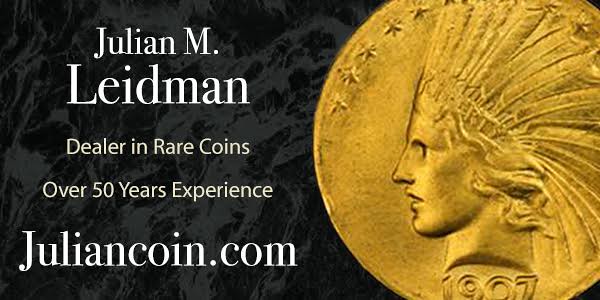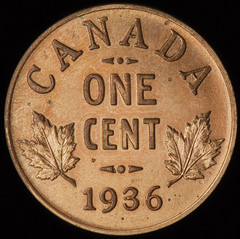
PREV ARTICLE
NEXT ARTICLE
FULL ISSUE
PREV FULL ISSUE
MORE ON THE BANK OF CANADA MUSEUM
Recent articles discussed the reopening of the Bank of Canada Museum following an extensive renovation. This July 18, 2017 Canadian Coins News article examines some of the artifacts now on display.
-Editor
Its interactive approach blends 1,400 carefully selected artifacts alongside interactive exhibits, games and other displays to teach visitors about the economy's “immensity and intricacy.” Along the way, visitors learn about their role in the system and are given an opportunity to “grasp the multi-faceted role played by the Bank of Canada.” Berry said among his favourite new pieces on display is a 1914 Keirstead and Mersereau Fox and Fur Company of Canada share certificate, which he purchased for the National Currency Collection in 2015. “Prior to purchasing it, I had not heard about the North American craze for fox furs during the early 20th century. Canada was a world leader in the black and silver fox husbandry industry,” he said, adding shares were worth $10 each. Fox breeding farms were located in Prince Edward Island and New Brunswick, and breeding pairs, which could cost upwards of several thousand dollars, were sent from Canada to other countries around the world. Another subject left unexplored by the former Currency Museum was payment cards, of which Canadians are among the world's most frequent users, Barry said. “They are not money per se, but they are heavily used by Canadians to procure goods and services,” he added. “Like cash or cheques, they are a link between the individual and the economy. Given their importance in daily transactions and given the ever-increasing reliance of Canadians upon electronic means of payment, it is appropriate that payment cards be displayed.” Berry said there are also many “unique and historic items” on display at the new museum that would “make a numismatist salivate,” such as a 1911 silver dollar; French regime card money; a Prince Edward Island holey dollar; and a 1936 10-cent “dot” coin. “To that, we have added hundreds of items never before put on display including such Canadian classics as the 1862 B.C. $20 gold pattern, an 1858 double specimen set of Canadian coins in their original case, and the ‘holy grail' of Canadian coins, a specimen 1936 dot cent,” he said, adding the latter example was “eagerly sought after” by collectors who came of age in the 1950s and '60s, “but never found.” “Thanks to a recent donation we can now display not only the dot cent but the entire 1936 specimen set – the only surviving example – including all three denominations of dot coinage.”
To read the complete article, see:
To read the earlier E-Sylum articles, see:

Wayne Homren, Editor The Numismatic Bibliomania Society is a non-profit organization promoting numismatic literature. See our web site at coinbooks.org. To submit items for publication in The E-Sylum, write to the Editor at this address: whomren@gmail.com To subscribe go to: https://my.binhost.com/lists/listinfo/esylum All Rights Reserved. NBS Home Page Contact the NBS webmaster 
|
